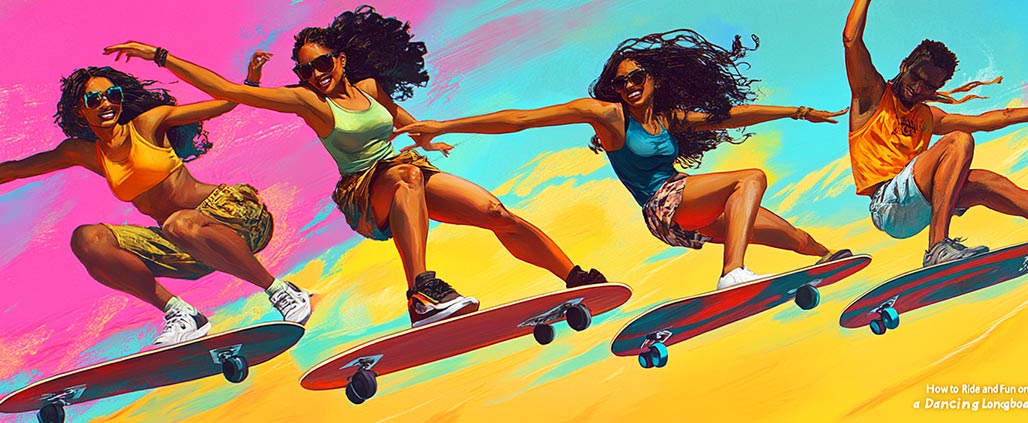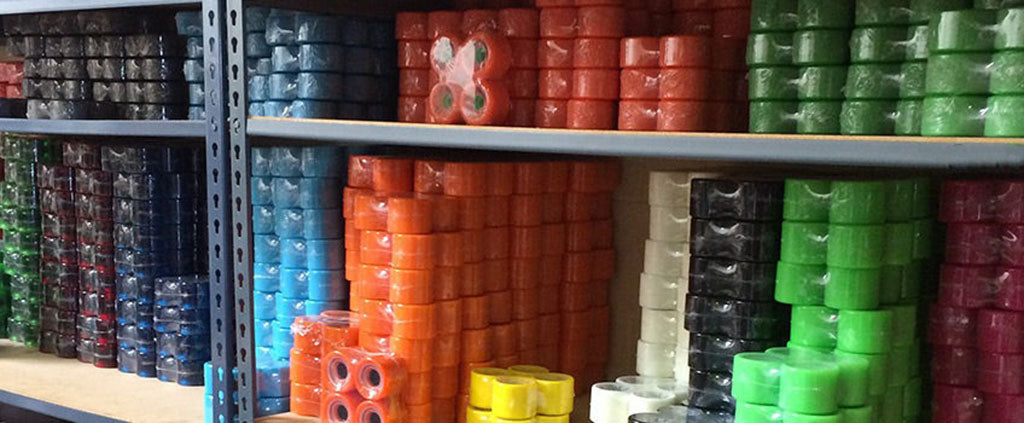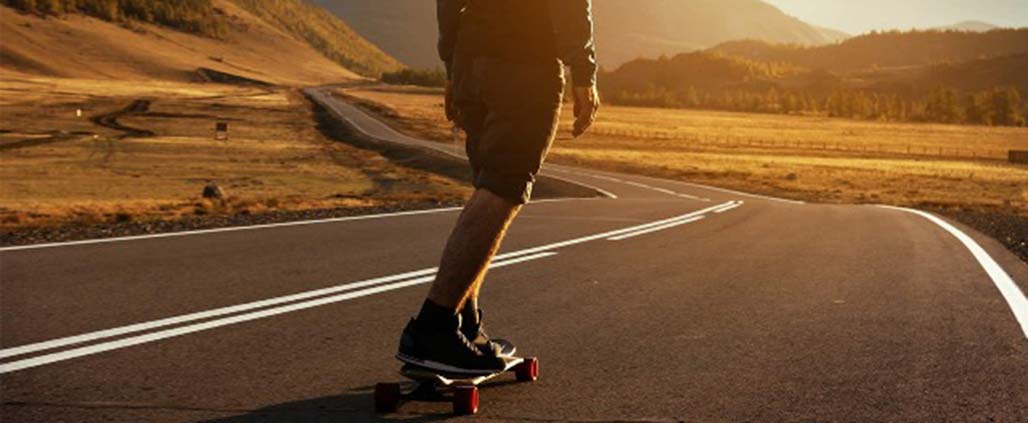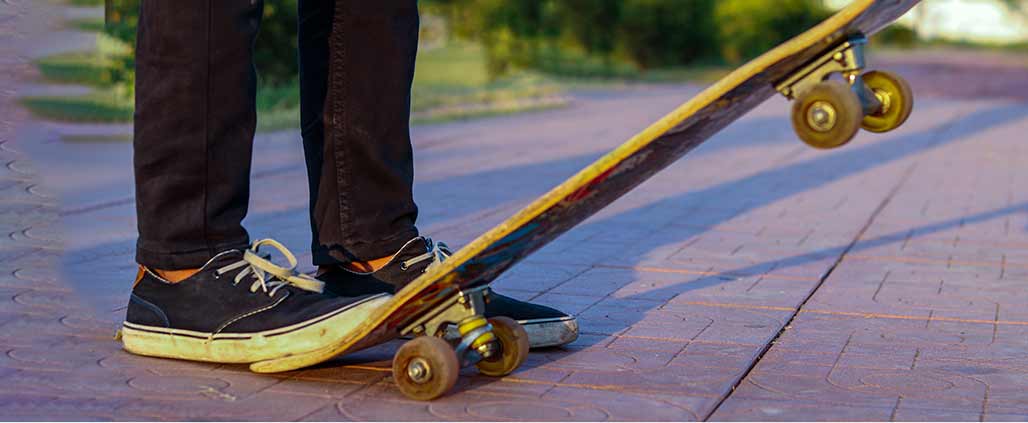
How to Ride and Have Fun on a Dancing Longboard: A Comprehensive Guide
Key Takeaways
- Dancing longboards range from 44-48 inches with symmetrical shapes for optimal foot placement
- Quality boards feature medium flex decks with bamboo/maple construction for responsiveness
- Essential components include reverse kingpin trucks (180mm) and soft wheels (70-75mm, 78a-83a)
- Basic techniques include cross-stepping, Peter Pans, and pirouettes
- Practice on flat, smooth surfaces before progressing to gentle slopes
- Top dancing longboard brands include Loaded, Dusters, and Omen
Introduction to Dancing Longboards
Longboard dancing represents the perfect fusion of technical skill and artistic expression. This specialized discipline combines fluid footwork, technical tricks, and personal style on boards specifically designed for these movements. Dancing longboards differ significantly from standard cruising or downhill boards, featuring longer decks, specialized flex patterns, and unique construction methods.
The origins of longboard dancing trace back to the surf-inspired cross-stepping techniques that evolved into a distinct discipline with its own competitions, notable professionals, and dedicated equipment. Today's dancing longboards deliver the optimal platform for riders to perform complex maneuvers while maintaining speed and flow.

This guide covers everything needed to start and progress in longboard dancing, from selecting appropriate equipment to mastering fundamental techniques and developing advanced skills.
Choosing the Right Dancing Longboard Setup
Selecting appropriate equipment significantly impacts the learning curve and overall experience in longboard dancing. Each component plays a critical role in how the board performs during different maneuvers.
Deck Length and Width
Dancing longboards require specific dimensions to accommodate footwork:
| Specification | Recommended Range | Purpose |
|---|---|---|
| Length | 44-48 inches | Provides adequate platform for footwork |
| Width | 9-10 inches | Offers stability without excess weight |
| Shape | Symmetrical | Ensures consistent feel throughout the deck |
The Loaded Bhangra V2 48" Dancing Longboard and Loaded Tarab II 47" exemplify optimal dancing board dimensions.
Flex and Construction
Flex pattern significantly affects performance and feel:
- Medium-stiff flex: Provides stability for beginners learning balance
- Medium flex: Delivers the ideal balance of control and responsiveness for most dancers
- Medium-soft flex: Offers enhanced pop for tricks and shock absorption for advanced dancers
Premium dancing decks typically feature composite construction with bamboo cores and maple or fiberglass reinforcement, as seen in quality Bamboo Longboards.
Concave and Kicktails
The board profile delivers critical performance features:
- Mild concave: Subtle 3-5mm concave provides foot lock-in without restricting movement
- Functional kicktails: 5-7° kicks enable technical tricks, pivots, and manuals
- Gentle rocker: Slight longitudinal curve creates a lower standing platform and enhanced stability
The Omen Starz Dancer 48" Dancing Longboard Deck showcases these essential profile elements.

Essential Dancing Longboard Components
The complete dancing setup requires careful consideration beyond the deck itself.
Trucks
Truck selection significantly impacts turning response and stability:
- Type: Reverse kingpin trucks provide optimal turn and leverage
- Width: 180mm trucks match standard dancing deck widths
- Baseplate angle: 50° baseplates deliver responsive turning with adequate stability
- Bushings: Medium (87-90a) bushings balance rebound and control
Paris Trucks and Caliber Trucks remain industry standards for dancing setups.
Wheels
Wheel characteristics affect roll speed, traction, and slide control:
- Diameter: 70-75mm provides efficient roll speed and momentum
- Durometer: 78a-83a offers grip with controlled slide initiation
- Contact patch: 45-55mm balances grip and slide capability
- Core placement: Offset or centerset cores optimize performance
The Longboard and Skateboard Wheels collection contains numerous options suitable for dancing setups.
Bearings and Hardware
These components ensure reliable performance:
- Bearings: Precision bearings with built-in spacers provide consistent roll speed
- Hardware: 1.25"-1.5" mounting hardware with nylock nuts prevents loosening
- Grip tape: Strategic application (full coverage on tails, partial or rail-only in the center)
Bones Bearings deliver the reliability required for dancing applications.
Basic Riding Techniques for Beginners
Mastering fundamental skills creates the foundation for all dancing techniques.
Stance and Posture
Proper positioning ensures control and balance:
- Stance determination: Find your natural stance (regular or goofy) through simple tests
- Foot placement: Position feet approximately shoulder-width apart over the bolts
- Posture: Maintain slight knee bend, upright back, and forward gaze
- Weight distribution: Center weight over the board with equal pressure on both feet
Pushing and Foot Braking
Basic locomotion skills are essential prerequisites:
- Pushing technique: Position front foot at 45° angle over front bolts
- Pushing power: Generate force from hip and knee extension
- Foot brake initiation: Maintain weight on front foot
- Brake application: Apply gradual pressure with the ball of the foot first
Finding Your Balance Point
Balance development requires systematic practice:
- Static balance: Practice one-foot balance on stationary board
- Dynamic balance: Develop control during slow rolling
- Weight shifts: Master controlled transitions from heels to toes
- Progressive challenges: Increase speed incrementally as balance improves
Fundamental Dancing Longboard Moves
These core techniques form the foundation of all dancing routines.
Cross-Stepping
This signature move enables board navigation:
- Begin in standard stance with feet over trucks
- Step diagonally across with back foot, placing it ahead of front foot
- Shift weight to new front foot
- Continue this pattern to move toward nose
- Reverse the sequence to return toward tail
Practice cross-stepping at walking speed on flat ground before increasing velocity.

Peter Pans
This 180° rotation creates flow between moves:
- Begin in standard stance with slight speed
- Initiate rotation by turning shoulders and hips
- Pivot on both feet while maintaining contact with deck
- Complete 180° rotation, switching stance direction
- Control speed through the transition
Pirouettes
These on-board spins require refined balance:
- Position feet perpendicular across board width
- Compress slightly before initiating
- Use upper body rotation to create momentum
- Maintain centered weight throughout rotation
- Spot a fixed point as long as possible during spin
Begin with 180° rotations before progressing to 360° and beyond.
Advanced Dancing Techniques
These techniques elevate dancing routines to higher technical levels.
Ghostride Kickflips
This technical trick combines board dismount with flip control:
- Generate moderate rolling speed
- Step off with front foot while maintaining direction
- Use front foot to flip board along its length
- Allow board to complete full rotation
- Catch with back foot and return front foot to deck
Shuvits and No-Complys
These tricks add technical variety:
Shuvit Technique:
- Apply pressure to tail with back foot
- Use back foot to initiate horizontal board rotation
- Maintain body position while board rotates 180°
- Land with feet in original positions
No-Comply Sequence:
- Apply pressure to tail with back foot
- Step off with front foot while initiating rotation
- Guide board through 180° rotation
- Return front foot to complete the move
Combining Tricks into Combos
Creating fluid sequences requires technique integration:
- Link complementary moves that maintain momentum
- Focus on smooth weight transitions between tricks
- Develop muscle memory through repeated sequences
- Create setups where one trick naturally flows into another
The Dusters Wanderlust 47" Teal/Purple Dancing Longboard provides the optimal platform for advanced combination development.

Building Your Dancing Flow and Style
Developing a unique style transforms technical skills into artistic expression.
Finding Your Rhythm
Rhythm development enhances flow:
- Practice with music of different tempos
- Focus on consistent timing between movements
- Analyze rhythmic patterns in advanced dancers
- Develop internal timing that persists regardless of external conditions
Creating Lines and Routines
Structured sequences elevate performance:
- Design combinations of 3-5 complementary tricks
- Practice transition points between regular and switch stance
- Develop routes that utilize the entire board length
- Create variations of basic sequences with increasing complexity
Learning from Others
Knowledge acquisition accelerates development:
- Study technique from established professionals
- Analyze slow-motion footage of complex maneuvers
- Participate in group sessions and workshops
- Seek constructive feedback on recorded practice sessions
Safety Considerations and Protective Gear
Proper protection minimizes injury risk while maximizing progression.
Essential Safety Gear
Never compromise on protective equipment:
| Equipment | Function | Selection Criteria |
|---|---|---|
| Helmet | Head protection | CPSC/ASTM certified, proper fit |
| Slide gloves | Hand/wrist protection | Durable palm sliders, wrist support |
| Knee pads | Impact protection | Hard shell, secure straps |
| Elbow pads | Abrasion protection | Full coverage, non-slip design |
Protective Gear for Longboard Skateboards offers comprehensive options for dancers at all levels.
Choosing Practice Locations
Environment significantly impacts safety and progression:
- Begin on flat, smooth surfaces free from traffic and obstacles
- Tennis courts and empty parking lots provide ideal learning environments
- Progress to very mild inclines only after mastering flat ground techniques
- Avoid high-traffic areas, rough surfaces, and steep terrain
Fall Techniques
Proper falling reduces injury severity:
- Roll with momentum rather than resisting impact
- Distribute force across larger body areas
- Avoid using arms to brace falls when possible
- Practice emergency foot braking and step-off techniques
FAQs About Dancing Longboards
What's the difference between a dancing longboard and a regular longboard?
Dancing longboards feature specialized dimensions (44-48" length, 9-10" width), specific flex patterns optimized for dynamic movement, symmetrical shapes, and functional kicktails. Standard longboards typically measure 36-42" with designs optimized for transportation or downhill performance rather than technical footwork. The Dancing Longboards Collection demonstrates these specialized characteristics.
How long does it take to learn longboard dancing?
Basic techniques require approximately 15-20 hours of focused practice distributed over 2-3 weeks. Developing intermediate skills typically requires 3-6 months of regular practice. Advanced combinations and personal style emerge after 6-12 months of consistent training. Individual progression varies based on athletic background, practice frequency, and quality of instruction.
What shoes are best for longboard dancing?
Optimal footwear features flat, vulcanized soles, reinforced toe caps, and moderate padding. Skateboarding-specific shoes from established brands provide the necessary board feel, durability, and grip. Avoid running shoes, thick-soled athletic shoes, or any footwear with pronounced heel rise or excessive cushioning.
Can I learn dancing on any longboard?
While basic concepts can be practiced on standard longboards, proper skill development requires equipment designed specifically for dancing. The specialized dimensions and flex characteristics of boards like the Loaded Mata Hari Megalodon 44" Dancing Longboard provide the necessary platform for technique development.
How do I maintain my dancing longboard?
Proper maintenance ensures equipment longevity:
- Rotate wheels quarterly for even wear
- Inspect and tighten hardware before each session
- Clean and lubricate bearings monthly
- Store boards horizontally or vertically (never on nose or tail)
- Replace grip tape as needed in high-wear areas
- Check truck alignment and pivot cups for wear
Is longboard dancing difficult to learn?
Longboard dancing presents a moderate learning curve requiring balance development, coordination, and consistent practice. Basic techniques are accessible to individuals with reasonable fitness levels, while advanced maneuvers demand dedicated training. Systematic progression through fundamentals to advanced techniques yields the most efficient skill development.




